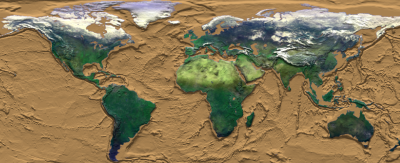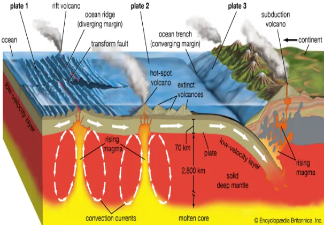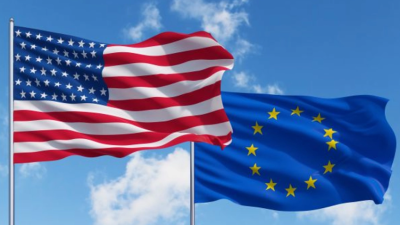Plates are the core concept of plate tectonics. This theory posits that the lithosphere is not a single, monolithic entity, but rather is composed of numerous large rock masses—plates. Within these plates lie smaller, smaller plates. The constant movement of these plates triggers various geological activities at various tectonic locations, such as magmatic activity, mineralization, and earthquakes.
This characteristic of plate motion has made plate tectonics a powerful tool for explaining the formation of volcanic and seismic belts around the world, the distribution of mineral resources, and the origins of various landforms.
The Development of Plate Tectonics
Plate tectonics, also known as global tectonics, centers on the movement of lithospheric plates. These plates encompass the entire crust and the upper mantle below the Moho, the portion above the asthenosphere. New global tectonic theories suggest that both continental and oceanic crust have undergone and continue to undergo large-scale horizontal movement. However, this movement does not occur solely between the silica-alumina and silica-magnesia layers, as assumed by the continental drift theory. Instead, the entire lithospheric plate moves across the asthenosphere, acting like a conveyor belt. In this model, the continents are merely "passengers" on the conveyor belt.
Plate Division
The global lithosphere is divided into six major plates: the Eurasian Plate, the African Plate, the American Plate, the Pacific Plate, the Indian Plate, and the Antarctic Plate.
Plate Movement and Topographic Influences
The relative movement of plates causes them to collide or rift, shaping Earth's basic topography. Plate movement results in a diverse range of landforms, including mountain ranges, plateaus, mid-ocean island arcs, coastal ranges, and continental island arcs.
The creation of mountains and plateaus, such as the Himalayas and the Qinghai-Tibet Plateau, is a masterpiece of plate movement and collision. The formation of mid-ocean island arcs and trenches, such as the Mariana Islands and their adjacent trenches, is another manifestation of plate movement. The symbiotic relationship between coastal ranges and trenches also reveals the diversity and complexity of plate movement.
Plate Movement and Crustal Movement
Plate movement causes the compression and extension of the Earth's crust, forming mountain ranges, valleys, and rift valleys. These movements also cause the Earth's crust to rise or fall, leading to changes in land and sea. Overview of the World's Seven Continents and Four Oceans
The interweaving of the world's oceans and landmasses forms the distribution pattern of the seven continents. These continents include: Asia, known as the Land of the Sunrise in the East, is not only the largest continent in terms of area but also the most populous; Europe, known as the Land of the Sunset in the West, lacks a tropical climate; Africa, meaning "sunny continent," boasts 56 countries and regions, making it the continent with the most countries and regions; America, named after the Italian navigator Amerigo Vespucci, is divided into North and South America by the Panama Canal; Oceania, meaning "land in the ocean," is the smallest continent in terms of area, but spans both the Eastern and Western Hemispheres; Antarctica, named for its location at the South Pole, spans the longest longitude and has the highest average altitude. It also receives the least rainfall and is known as the "White Desert."






